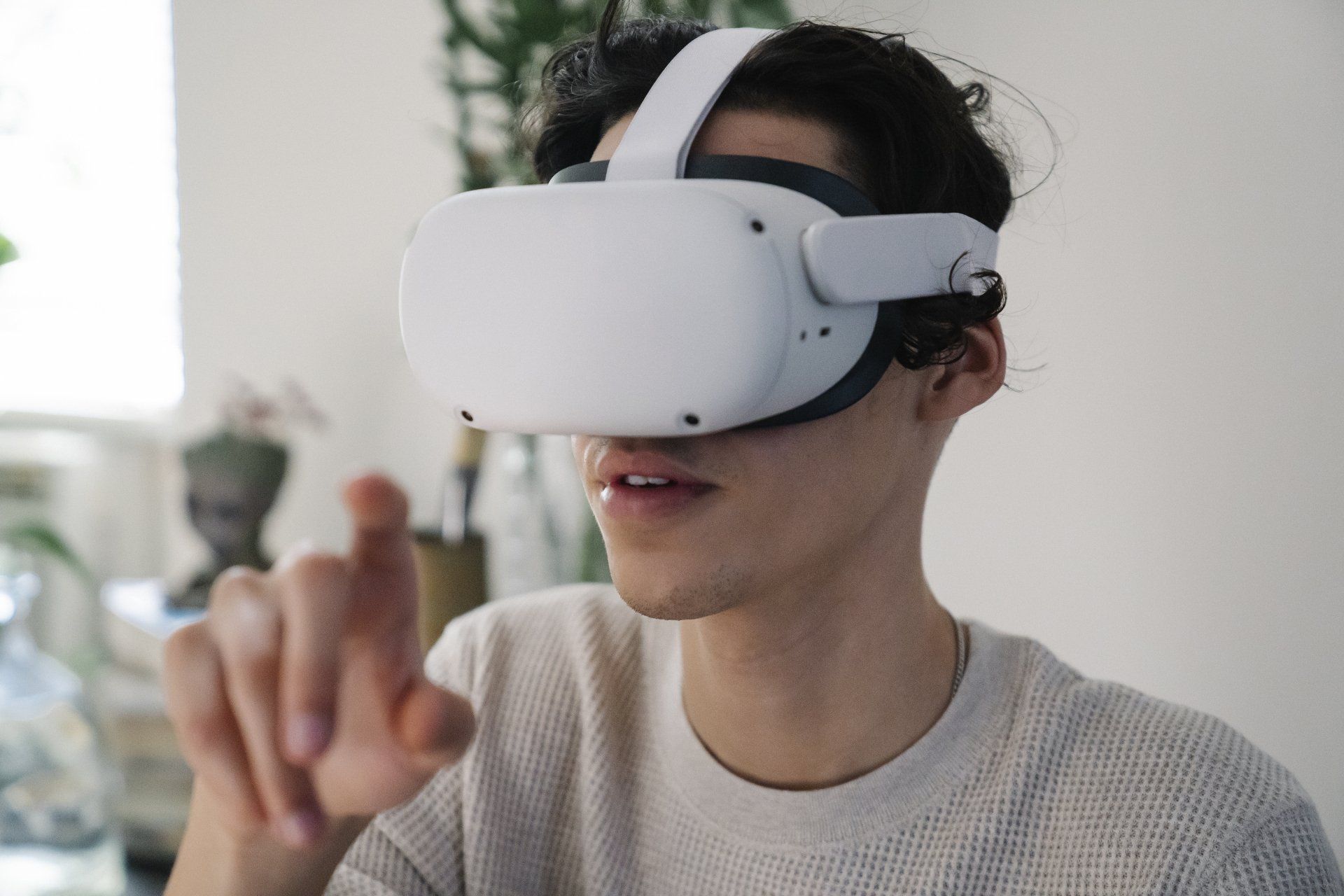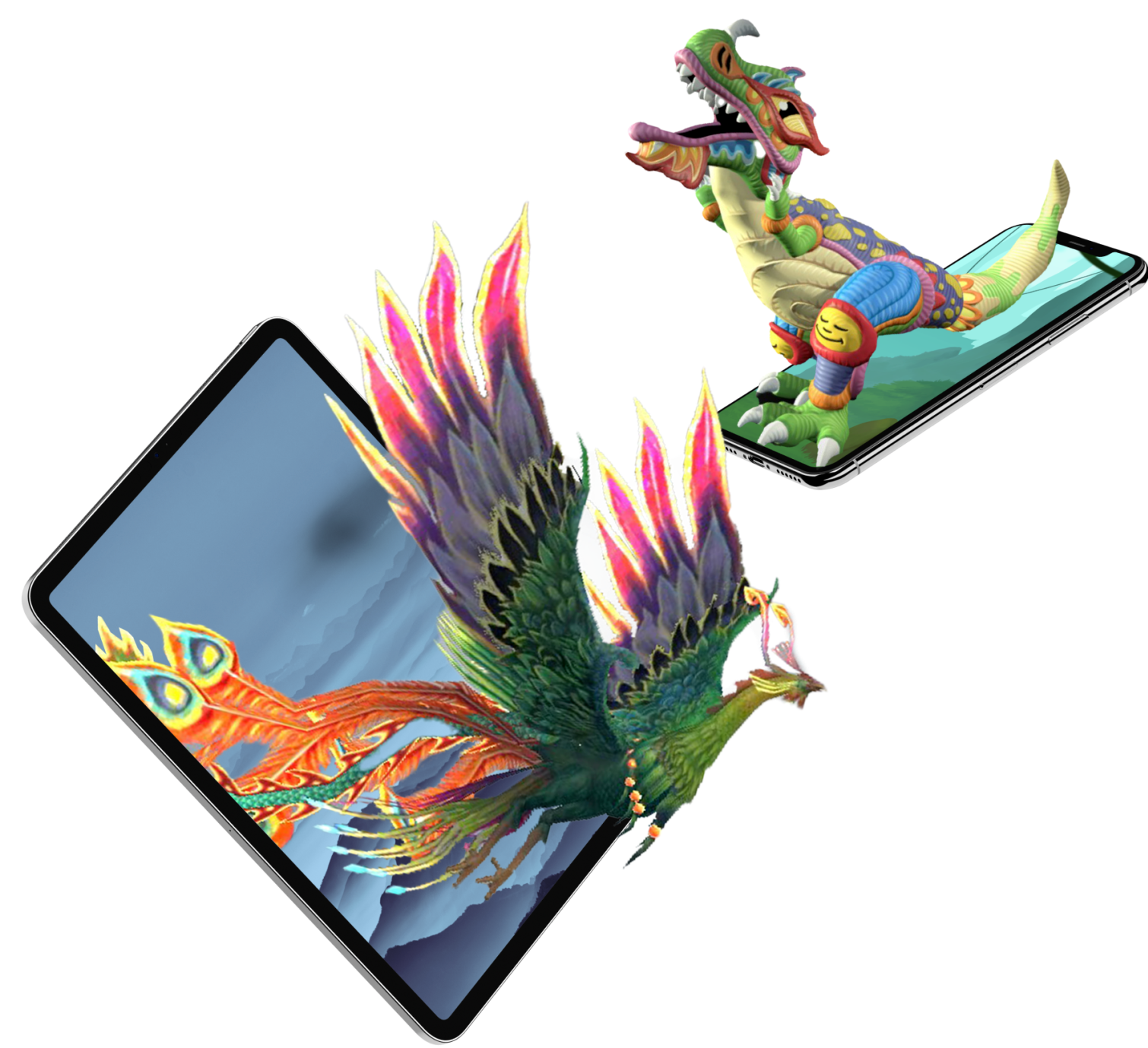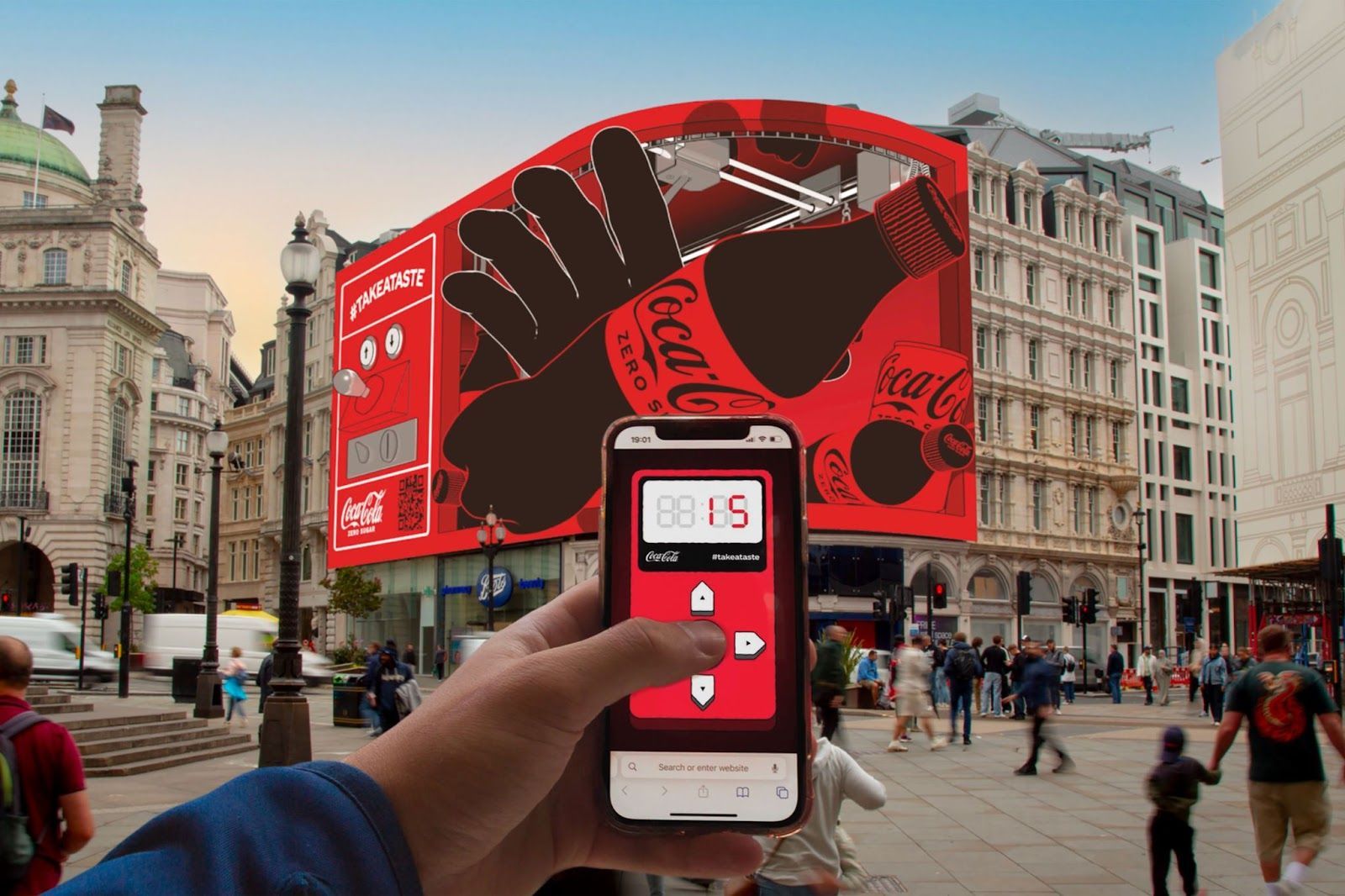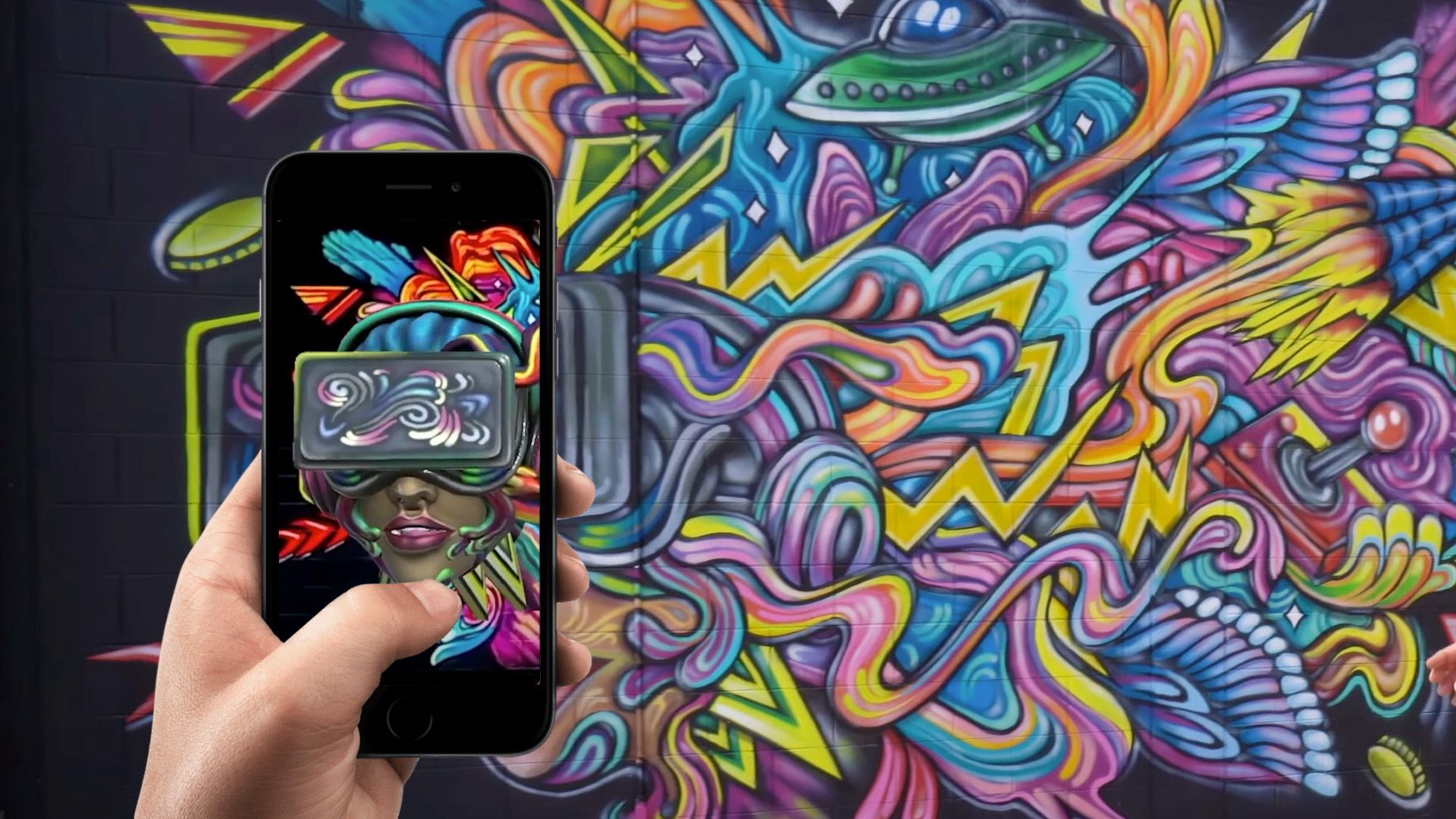How to Create Augmented Reality Content
Augmented reality (AR) has emerged as a game-changing technology, seamlessly blending digital content with the real world. With its ability to create immersive experiences, AR is revolutionizing industries from retail to education, marketing to gaming. This guide will take you through creating augmented reality content using the latest AR creation tools and techniques to deliver stunning, interactive experiences.
Understanding Augmented Reality
Augmented reality overlays digital elements onto the physical world, enhancing our perception and interaction with our environment. Unlike virtual reality, which creates a fully immersive digital environment, AR integrates digital content into the real world, accessible via mobile devices and AR headsets.
The Importance of Augmented Reality Content
Creating augmented reality content offers numerous benefits. It enhances user engagement, provides immersive experiences, and can significantly boost brand awareness and customer loyalty. AR content is also versatile, and suitable for various applications such as product visualization, educational tools, entertainment, and interactive marketing campaigns.

Getting Started with AR Content Creation
To create augmented reality content, you must understand the fundamental components and steps involved. Here's a step-by-step guide to help you start creating compelling AR experiences.
1. Define Your Objective
Before diving into AR content creation, it's crucial to define the purpose and goals of your AR project. Are you looking to enhance a marketing campaign, educate your audience, or provide a unique product experience? Clear objectives will guide your content creation process and help you measure success.
2. Choose the Right AR Creation Tool
Selecting the right AR creation tool is vital for your project's success. There are numerous tools available, each offering different features and capabilities. Some popular AR creation tools include:
- Spark AR Studio: Ideal for creating AR effects for Facebook and Instagram.
- ARKit (Apple) and ARCore (Google): Perfect for developing AR apps for iOS and Android devices.
- Blippar: A versatile platform for creating AR experiences for various industries.
- Unity and Unreal Engine: Advanced tools for creating complex 3D AR content.
These tools provide the framework for building AR content, from simple overlays to intricate 3D models and animations.
3. Design Your AR Content
Designing your AR content is critical in creating an engaging AR experience. Consider the following elements:
- 3D Models: Create or source high-quality 3D models to represent your digital content. These can be designed using software like Blender, Maya, or 3ds Max.
- Animations: Add animations to bring your 3D models to life. Animation software such as Adobe After Effects or Unity can create dynamic movements.
- Textures and Materials: Apply realistic textures and materials to your 3D models to enhance their appearance.
- Interactive Elements: Incorporate interactive elements like buttons, triggers, and user inputs to make your AR experience engaging.
4. Develop Your AR Experience
Once you have designed your AR content, developing the AR experience is time. This involves integrating digital content with the real world using an AR creation tool. Here are the key steps:
- Import Assets: Import your 3D models, animations, and other assets into your AR creation tool.
- Positioning and Scaling: Position and scale your digital content to fit the real-world environment accurately.
- Interaction Design: Define how users will interact with your AR content. This could include gestures, voice commands, or touch inputs.
- Testing and Optimization: Test your AR experience on different devices to ensure it works seamlessly. Optimize performance to ensure smooth and responsive interactions.
5. Launch and Promote Your AR Content
After developing your AR experience, it's time to launch and promote it. Consider the following strategies:
- Mobile Apps: Develop a mobile app to deliver your AR content to users. Ensure your app is available on major app stores like Google Play and Apple.
- Web-Based AR: Create web-based AR experiences that users can access via mobile browsers. This eliminates the need for app downloads and provides instant access.
- QR Codes: Use QR codes to access your AR content quickly. Users can scan the QR code to launch the AR experience with their mobile devices.
- Social Media: Promote your AR content on social media platforms to reach a broader audience. Use platforms like Facebook, Instagram, and Snapchat to support AR experiences.
Tips for Successful AR Content Creation
To create impactful AR experiences, keep these tips in mind:
1. Focus on User Experience
The success of your AR content hinges on the user experience. Ensure your AR experience is intuitive, engaging, and adds value to the user. Simplify interactions, provide clear instructions, and make the experience enjoyable.
2. Leverage Real-Time Data
Incorporate real-time data to create dynamic and personalized AR experiences. For example, location data can be used to provide contextual information or live social media feeds can be integrated to keep content fresh and relevant.
3. Keep It Simple
While creating complex AR experiences is tempting, simplicity often works best. Focus on delivering a clear and compelling message without overwhelming users with too many elements or interactions.
4. Test Extensively
Extensive testing is crucial to ensure your AR content works flawlessly across different devices and environments. Test on various mobile devices, operating systems, and lighting conditions to identify and fix any issues.
5. Stay Updated with AR Technology
AR technology is rapidly evolving, with new tools and capabilities constantly emerging. Stay updated with the latest trends and advancements in AR technology to enhance your content creation skills and keep your AR experiences cutting-edge.
Future Trends in AR Content Creation
As AR technology continues to advance, new trends are emerging that will shape the future of AR content creation. Here are some trends to watch:
1. Web-Based AR
Web-based AR is gaining traction, allowing users to access AR experiences directly through their web browsers without downloading an app. This trend makes AR more accessible and easier to share, expanding its reach and adoption.
2. Enhanced Interactivity
Future AR experiences will feature enhanced interactivity, allowing users to engage with digital content more meaningfully. Gesture recognition, voice commands, and haptic feedback will create more immersive and interactive experiences.
3. AI and Machine Learning Integration
Integrating AI and machine learning with AR will enable more intelligent and adaptive experiences. AI can enhance object recognition, provide personalized content, and improve user experience.
4. 5G Connectivity
The rollout of 5G networks will significantly impact AR content creation. With faster data speeds and lower latency, 5G will enable more complex and real-time AR experiences, enhancing AR content's overall quality and responsiveness.
5. Augmented Reality Glasses
While currently in the early stages, AR glasses hold immense potential for the future of AR. These wearable devices will provide hands-free AR experiences, integrating digital content seamlessly into our everyday lives.

Conclusion
Creating augmented reality content is an exciting and rewarding endeavor that opens up endless possibilities for innovation and engagement. By understanding the fundamentals of AR technology, choosing the right AR creation tools, and following best practices, you can create stunning AR experiences that captivate and delight your audience.
As AR technology evolves, staying updated with the latest trends and advancements will help you stay ahead of the curve and continue to create cutting-edge AR content. Whether you're a marketer, educator, or developer, AR offers a powerful medium to connect with your audience in new and meaningful ways. Start exploring the world of augmented reality content creation today and unlock the potential of this transformative technology.
TALK TO A PRO
We're here to bring your brand to life!
Stay Connected with BrandXR
Create Augmented Reality for Free!
Create, Publish, and Measure 3D Augmented Reality Experiences Without Having to Code.














